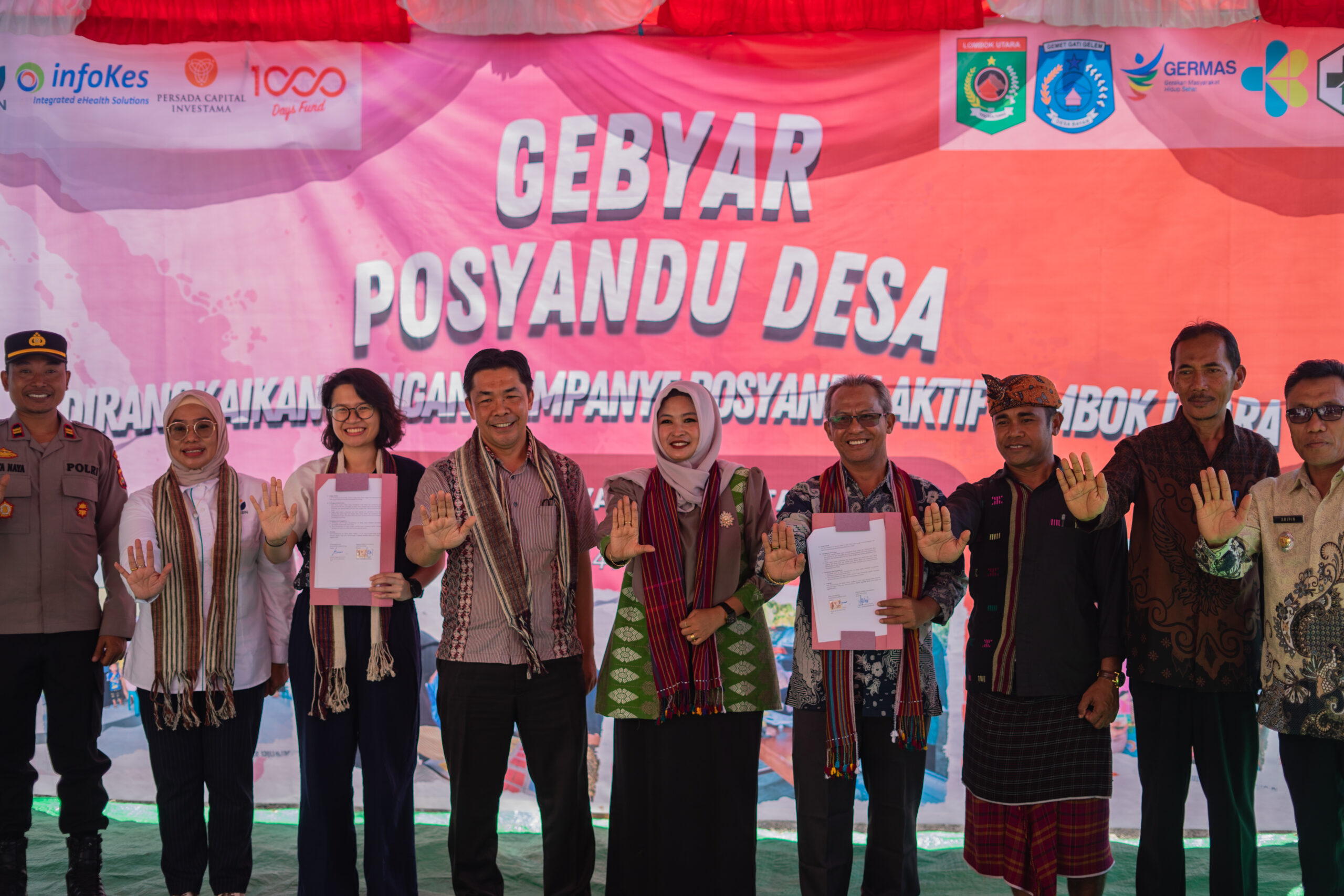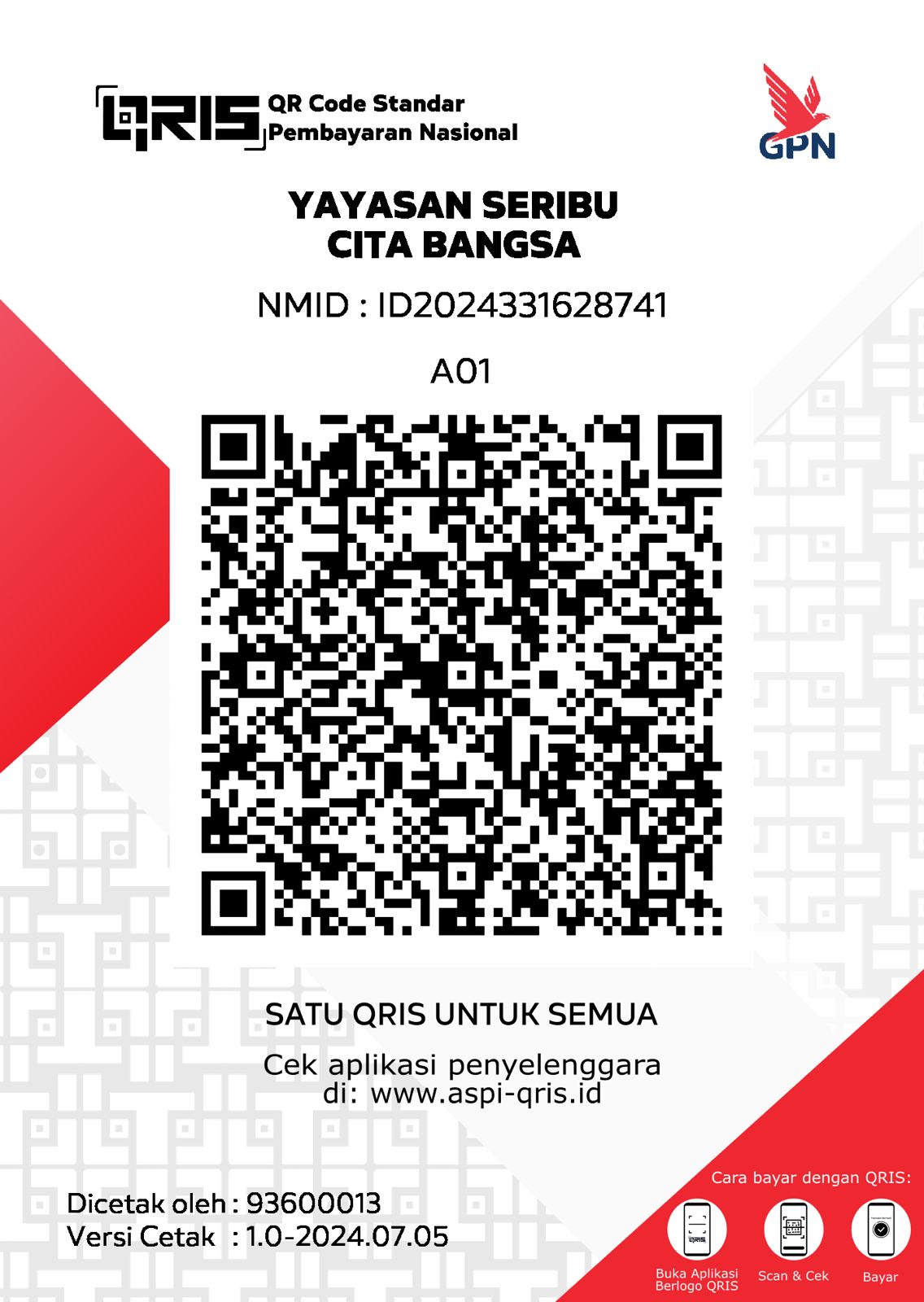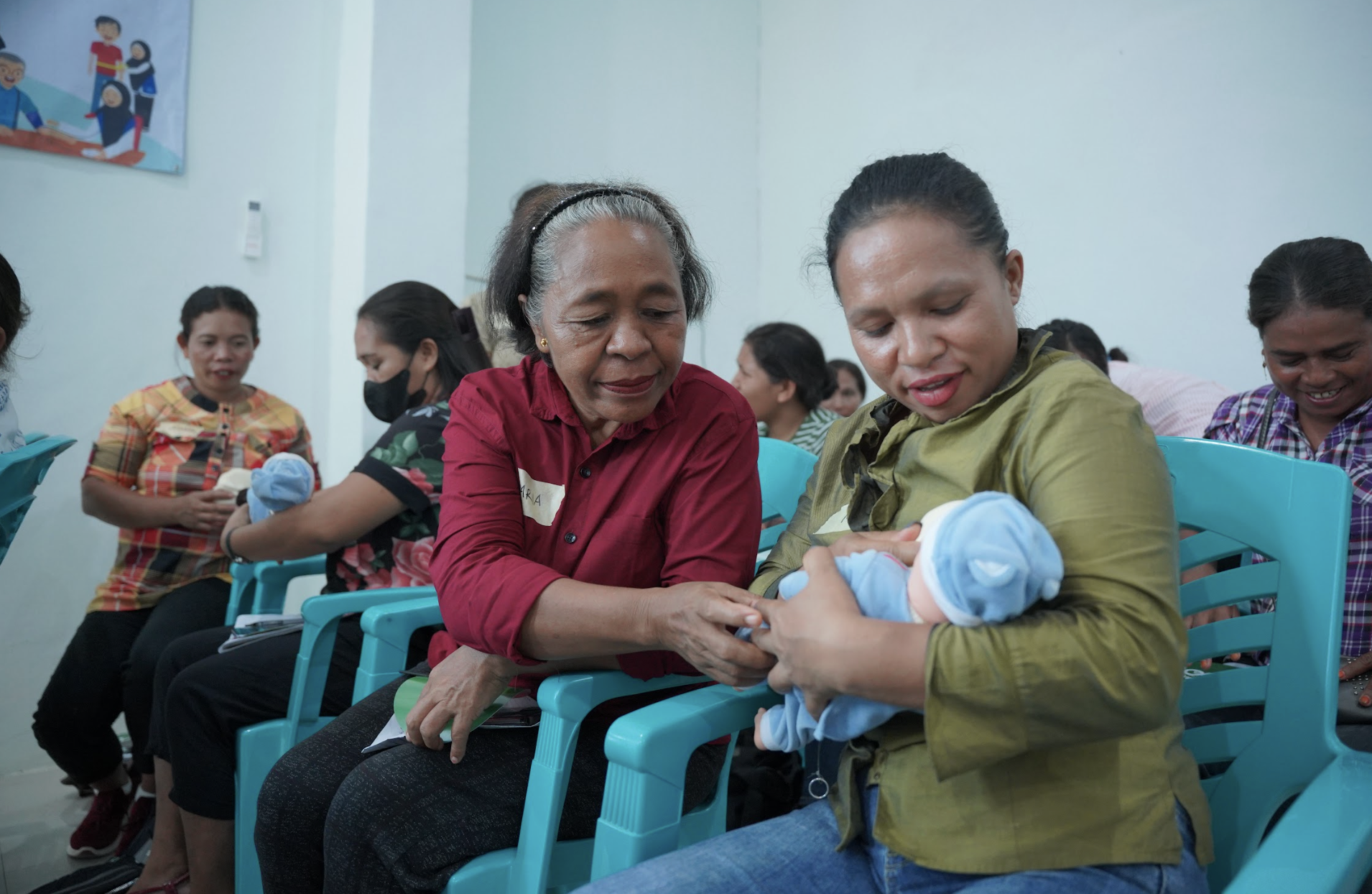NEWS
A lot of the time innovation involves challenging the evidence.
- Sep 30, 2020
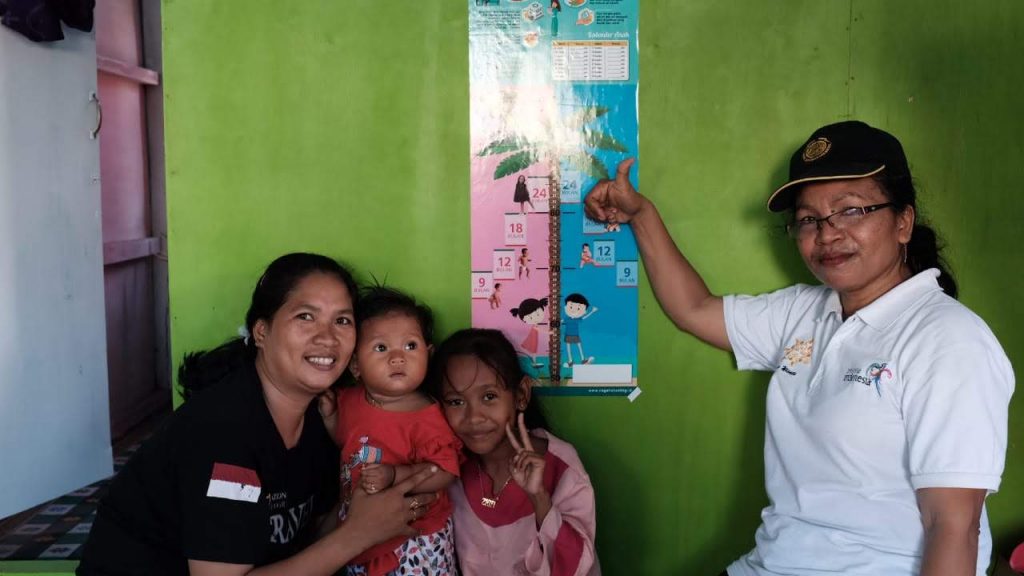
This is insight picked up from Ravi Gurumurthy, and a webinar entitled, “Is Evidence-Informed Innovation an Oxymoron.”
A lot of NGOs claim to be evidence-based…they adopt interventions based on evidence. But as someone a lot smarter than me once said, “You can spend $500,000 on the evidence you think you need to prove the innovation works, or you can spend that same $500,000 helping people… you may learn a little about yourself, the innovation and your organization along the way.”
In fact it is sad to pretend that evidence should dictate program design and implementation. Again, do you want to pretend that you can recreate the evidence, or do you want to help people?
The point being, you can wait around for the evidence you think you need to convince whomever you think you need to convince, or you can push the envelope. It depends on how you see yourself, your organization and the people you care about.
A lot of people ask us who we are targeting. What we think success looks like.
“For us, success is knowing that every mother in Indonesia who is either pregnant or has a child under 2, knows what stunting is, why it is important and what can be done to prevent it. Everything else is just waiting.”
Another thing that Ravi said with regard to impactful solutions was “If it’s not new and better it’s just novelty, it’s not innovation.”
This makes me think about our smart charts. They were born of a Gates-funded study out of Zambia, but have gone through more than a dozen revisions and iterations…FGDs and meetings with experts.
Over time the smart chart has gone from 350 words of text to less than 20 words. It went from small pictures, to large pictures that tell a story explicit to 6 main messages. The second illustration of where the smart chart is key to critical change is that the smart chart is used as a tool to train kader. A lot of people see it as an innovation to get messages across to moms who may be illiterate, or not speak enough Indonesian language to understand the Buku KIA.
The smart chart won’t end stunting, but it is a foot in the door and a simple and innovative way to train kader and get messages out to homes where moms need daily reminders of what critical steps need to be taken to end stunting in their home.
We aren’t naive. We don’t pretend to think we can end stunting in Indonesia. But we can end stunting in each in every home where there is a smart chart…and in every village that has trained and confident kader. [Z Petersen]
RECENT POSTS
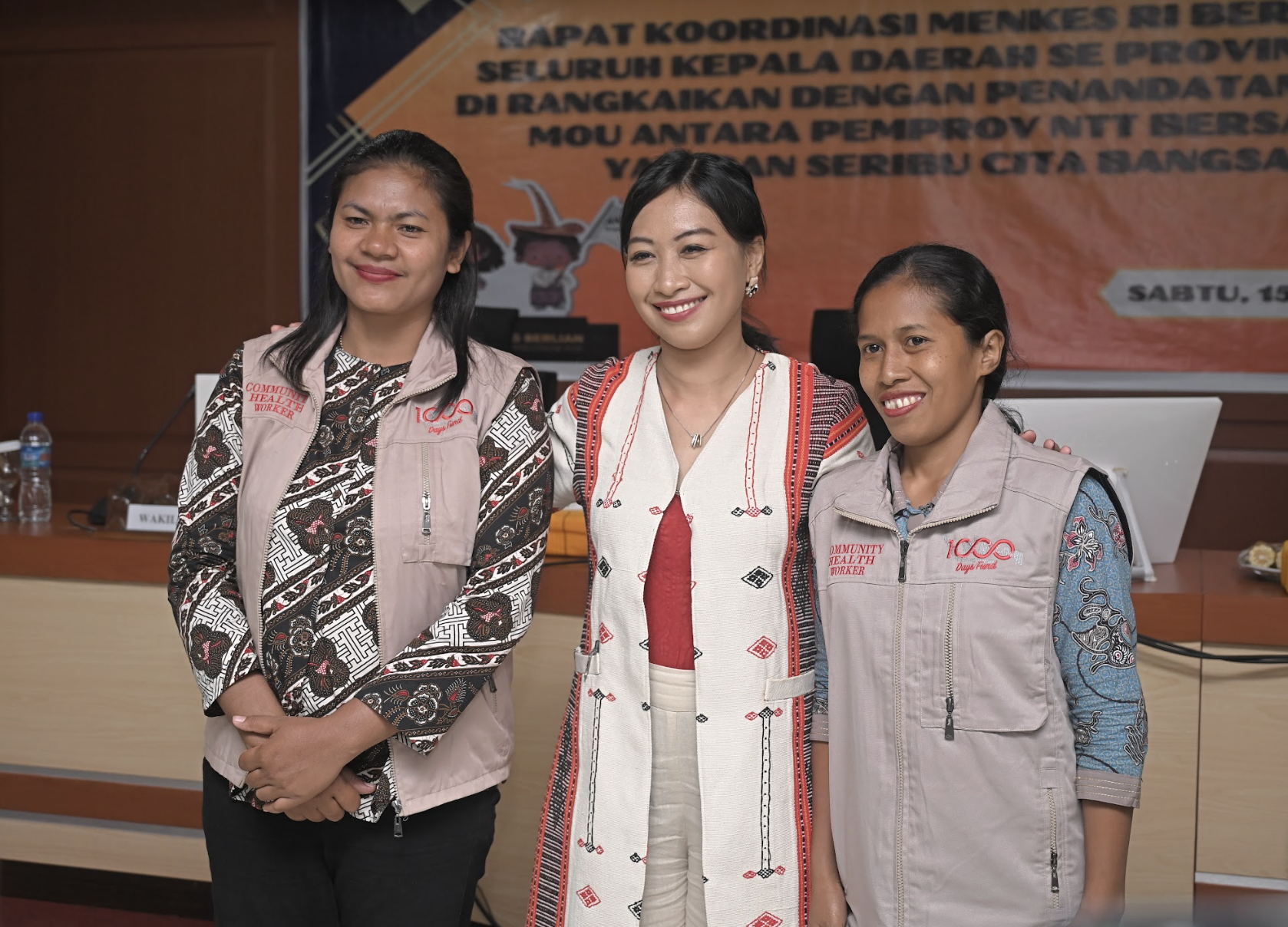
Scaling What Works: How Community Health Workers Moved the Needle on Stunting in Eastern Indonesia
09/12/2025
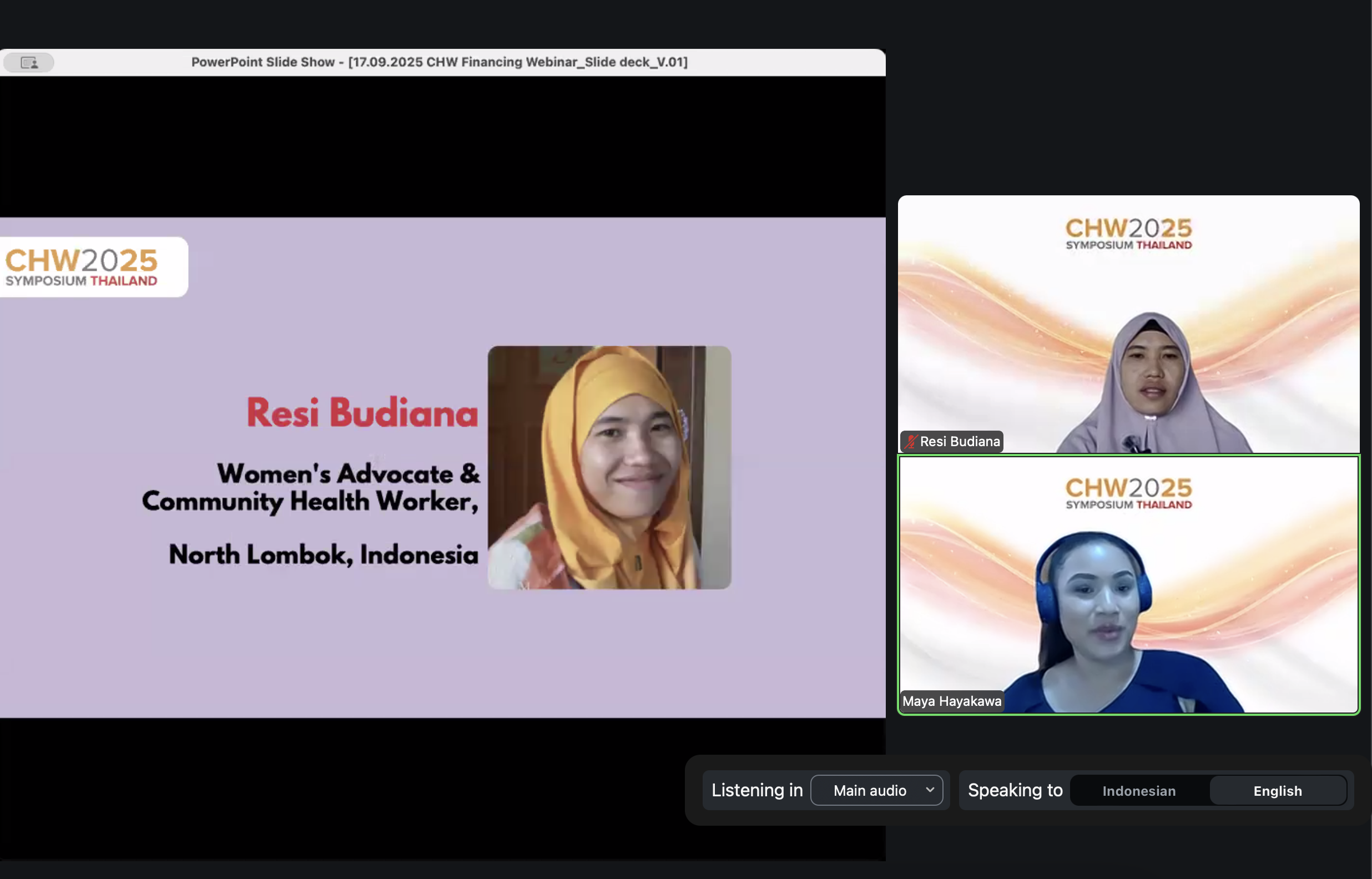
Resi Budiana Represents Indonesia at Global Community Health Worker Forum, Advocates for Standardized Training and Fair Incentives for CHWs
19/09/2025
